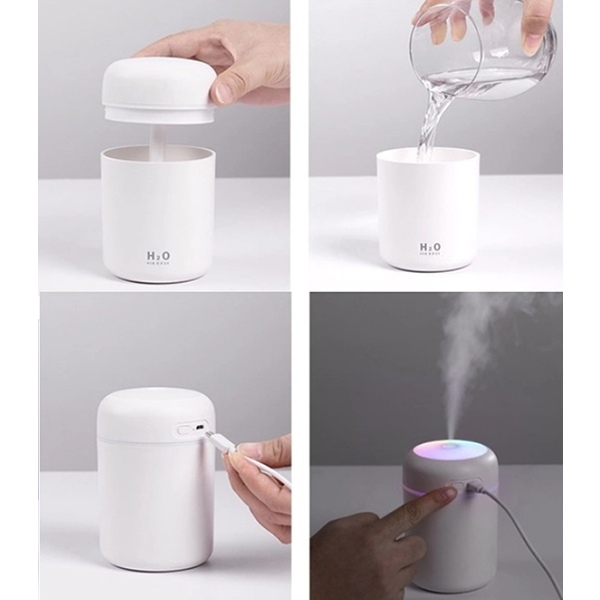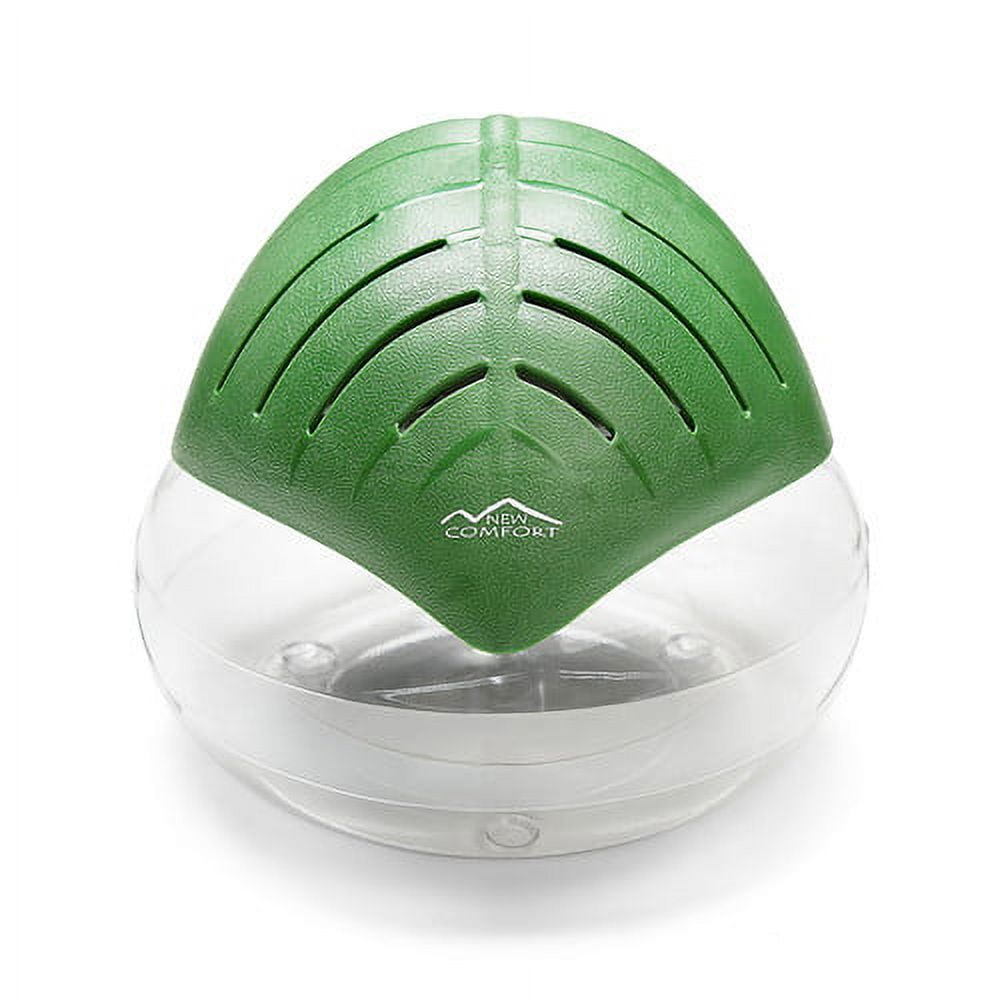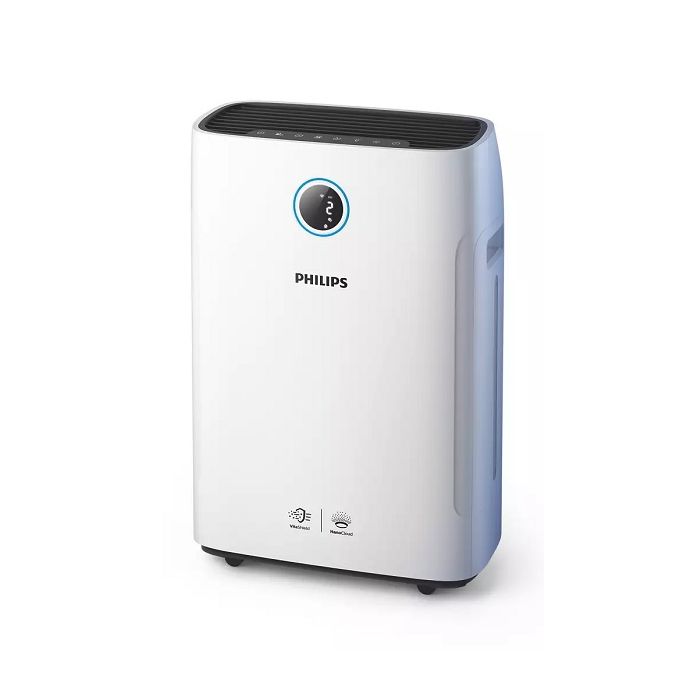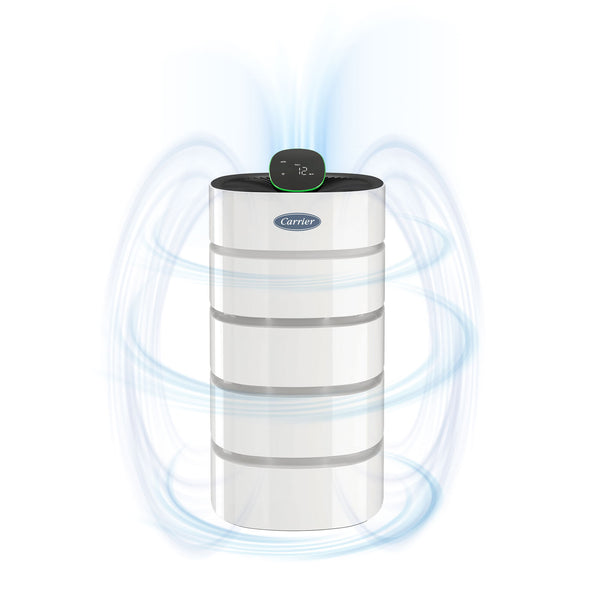Indoor air quality significantly impacts our health and well-being. Therefore, many homeowners consider using humidifier and air purifier to improve their living environment. However, these devices serve different functions and offer unique benefits. Understanding the differences between humidifiers and air purifiers can help you choose the right one for your needs. This comprehensive guide explores their functionalities, benefits, and maintenance requirements. By following these insights, you can make an informed decision to enhance your indoor air quality and improve your overall comfort and health.
Functionalities of Humidifiers
Humidifiers play a vital role in regulating indoor humidity levels. Therefore, understanding their functionalities is crucial for making the most of these devices.
Adding Moisture to the Air
The primary function of a humidifier is to add moisture to the air. By increasing humidity levels, humidifiers combat dry indoor air, which can cause various problems. For example, dry air can lead to dry skin, irritated eyes, and respiratory issues. Additionally, it can cause wooden furniture to crack and paint to peel. Humidifiers release water vapor or steam into the room, helping to maintain optimal humidity levels. This added moisture can make breathing easier and relieve symptoms of dryness. Therefore, recognizing the importance of adding moisture highlights the essential role of humidifiers.

Types of Humidifiers
Different types of humidifiers cater to various needs and preferences. The main types include evaporative, ultrasonic, steam vaporizer, and impeller humidifiers. Evaporative humidifiers use a wick filter and fan to evaporate water into the air. Ultrasonic humidifiers utilize ultrasonic vibrations to produce a fine mist. Steam vaporizers heat water to create steam, while impeller humidifiers use a rotating disk to generate a cool mist. Each type has its advantages and considerations, such as noise levels, maintenance requirements, and energy efficiency. Therefore, understanding the different types helps you choose the most suitable humidifier for your home.
Benefits of Humidifiers
Humidifiers offer numerous benefits that improve indoor air quality and comfort. Therefore, exploring these advantages highlights their value.
Alleviating Dryness
One of the primary benefits of humidifiers is their ability to alleviate dryness. Dry indoor air can lead to dry skin, chapped lips, and irritated nasal passages. Humidifiers add moisture to the air, which helps hydrate the skin and mucous membranes. This added moisture can also reduce the risk of infections and respiratory discomfort. Additionally, humidifiers can relieve dry eye symptoms, making them particularly beneficial during allergy season or in arid climates. Therefore, recognizing the benefit of alleviating dryness underscores the importance of using a humidifier.
Reducing Static Electricity
Humidifiers can also help reduce static electricity in your home. Dry air increases the buildup of static electricity, leading to those annoying static shocks. High levels of static electricity can also damage electronic equipment and cause dust particles to cling to surfaces. By adding moisture to the air, humidifiers decrease static electricity, creating a more comfortable and safer environment. This reduction in static electricity is particularly useful during the winter months, when indoor air tends to be drier. Therefore, understanding the benefit of reducing static electricity enhances the overall comfort of your living space.

Functionalities of Air Purifiers
Air purifiers are designed to improve indoor air quality by removing contaminants. Therefore, understanding their functionalities is essential for maintaining a healthy environment.
Removing Airborne Pollutants
The primary function of an air purifier is to remove airborne pollutants from the air. These pollutants can include dust, pollen, pet dander, mold spores, and volatile organic compounds (VOCs). Air purifiers use filters such as HEPA (High-Efficiency Particulate Air) filters, activated carbon filters, and UV-C lights to capture and eliminate these contaminants. By removing these pollutants, air purifiers help reduce allergy symptoms, asthma triggers, and respiratory issues. Therefore, recognizing the importance of removing airborne pollutants highlights the essential role of air purifiers in improving indoor air quality.
Types of Air Purifiers
Different types of air purifiers cater to specific needs and preferences. The main types include HEPA, activated carbon, ionizer, and UV-C air purifiers. HEPA air purifiers are highly effective at capturing small particles, such as dust mites and pollen. Activated carbon air purifiers excel at removing odors and chemical fumes. Ionizer air purifiers release negatively charged ions that attach to airborne particles, causing them to settle out of the air. UV-C air purifiers use ultraviolet light to kill bacteria, viruses, and mold spores. Each type has its benefits and considerations, such as filtration efficiency and maintenance. Therefore, understanding the different types helps you choose the most suitable air purifier for your home.
Benefits of Air Purifiers
Air purifiers offer numerous benefits that significantly improve indoor air quality. Therefore, exploring these advantages highlights their value.
Reducing Allergies
One of the primary benefits of air purifiers is their ability to reduce allergies. Airborne allergens, such as pollen, pet dander, and mold spores, can trigger allergy symptoms. Air purifiers filter out these allergens, providing relief for allergy sufferers. HEPA filters are particularly effective at capturing small particles, making them ideal for allergy relief. Reducing allergen exposure can lead to fewer allergy symptoms, such as sneezing, congestion, and itchy eyes. Therefore, recognizing the benefit of reducing allergies underscores the importance of using an air purifier.
Eliminating Odors
Air purifiers can also help eliminate unpleasant odors in your home. Activated carbon filters are particularly effective at absorbing and neutralizing odors from cooking, pets, and smoke. By removing these odors, air purifiers create a fresher and more pleasant living environment. This odor elimination is especially beneficial for homes with pets or smokers. Additionally, air purifiers can reduce the presence of VOCs, which can have strong and harmful odors. Therefore, understanding the benefit of eliminating odors enhances the overall comfort and air quality of your home.
Maintenance Requirements
Proper maintenance of humidifiers and air purifiers ensures their optimal performance and longevity. Therefore, understanding their maintenance requirements is crucial.
Humidifier Maintenance
Regular maintenance of humidifiers is essential for preventing mold and bacteria growth. Clean the water tank and other components with a mixture of water and white vinegar at least once a week. Replace the water daily to prevent the buildup of bacteria and mineral deposits. Use distilled or demineralized water to minimize mineral deposits, which can affect the unit’s performance. Replace filters as recommended by the manufacturer to ensure efficient operation. Regularly inspecting and cleaning the humidifier prevents potential health issues and prolongs its lifespan. Therefore, recognizing the importance of humidifier maintenance enhances its effectiveness and longevity.
Air Purifier Maintenance
Routine maintenance of air purifiers is essential for maintaining their filtration efficiency. Check and replace filters according to the manufacturer’s guidelines, typically every 3 to 6 months. Some models have indicator lights that alert you when it’s time to change the filter. Clean the pre-filters regularly to remove large particles and extend the life of the main filters. For models with UV-C lights, replace the bulbs as recommended to ensure continued effectiveness. Regularly inspecting and maintaining your air purifier ensures optimal air purification and extends its lifespan. Therefore, understanding the importance of air purifier maintenance enhances its performance and efficiency.

Choosing Between a Humidifier and Air Purifier
Choosing between a humidifier and an air purifier depends on your specific needs and indoor air quality concerns. Therefore, evaluating your requirements is essential.
Identifying Your Needs
Identifying your needs is the first step in choosing between a humidifier and an air purifier. If you experience dry skin, nasal congestion, or static electricity, a humidifier may be the best option. On the other hand, if you suffer from allergies, asthma, or are concerned about airborne pollutants, an air purifier would be more suitable. Consider factors like your health, indoor environment, and any specific air quality issues you face. Understanding your needs helps narrow down your choices and ensures you select the most appropriate device. Therefore, recognizing the importance of identifying your needs is crucial for making an informed decision.
Combining Both Devices
In some cases, combining both a humidifier and an air purifier can provide comprehensive indoor air quality improvement. By using both devices, you can address multiple issues simultaneously, such as dryness and airborne pollutants. Place the devices in different parts of the room to ensure optimal performance without interfering with each other. This combination can create a more comfortable and healthier living environment, especially in homes with specific air quality challenges. Therefore, understanding the benefits of using both devices can enhance your overall indoor air quality strategy.
Environmental Impact
The environmental impact of humidifiers and air purifiers is an important consideration when choosing between the two. Therefore, exploring these impacts is essential.
Energy Consumption
The energy consumption of humidifiers and air purifiers varies based on the model and usage. Humidifiers typically consume less energy compared to air purifiers, especially ultrasonic and evaporative models. However, steam vaporizers may use more energy due to the heating element. Air purifiers, particularly those with HEPA filters and UV-C lights, may have higher energy consumption. Opt for energy-efficient models with adjustable settings to minimize energy usage. Therefore, recognizing the importance of energy consumption helps you choose environmentally friendly devices.
Environmental Footprint
The environmental footprint of humidifiers and air purifiers includes factors such as filter replacement and water usage. Humidifiers require regular water replacement, which can contribute to water consumption. Using distilled water can reduce mineral buildup but may create additional environmental impact. Air purifiers with disposable filters can generate waste, so consider models with washable or reusable filters. Proper maintenance and responsible disposal of used filters reduce the environmental footprint. Therefore, understanding the environmental impact of each device promotes sustainable choices.
Conclusion
Understanding the differences between humidifier and air purifier involves exploring their functionalities, benefits, maintenance, and environmental impact. Proper knowledge enhances your indoor air quality and overall well-being.
Exploring elements like adding moisture, removing airborne pollutants, and recognizing the importance of alleviating dryness and reducing allergies provide valuable insights. Recognizing the significance of maintenance and environmental considerations further enriches your understanding.
By identifying your specific needs and evaluating the benefits of each device, you can make an informed decision to improve your living environment. Therefore, whether you choose a humidifier, an air purifier, or both, understanding these aspects offers practical and valuable insights. Embrace the opportunity to enhance your indoor air quality, knowing you have the knowledge and resources to create a healthier and more comfortable home!

